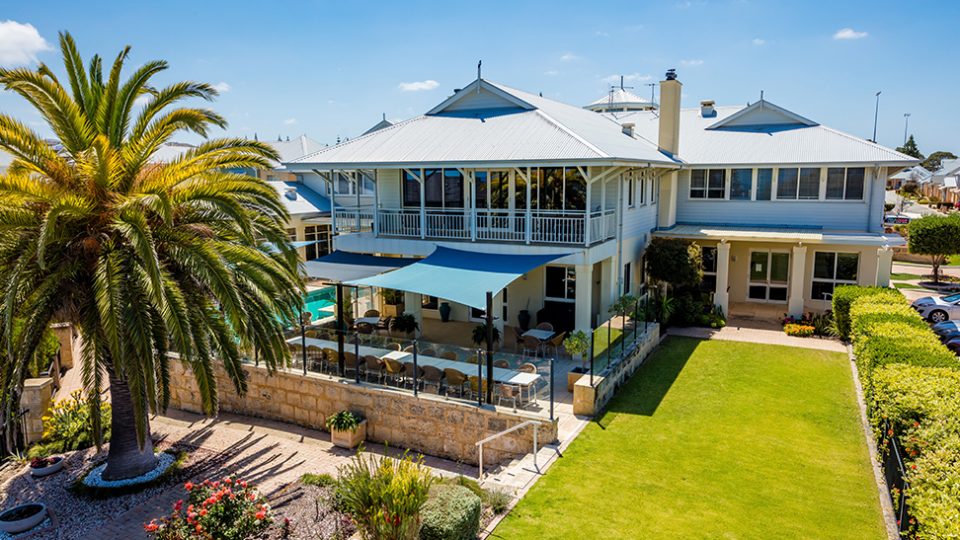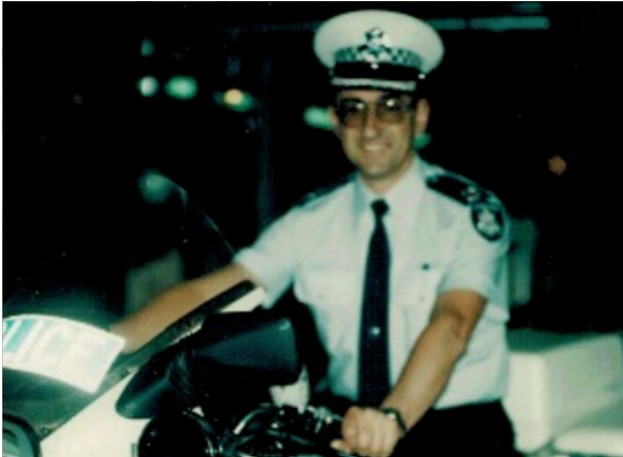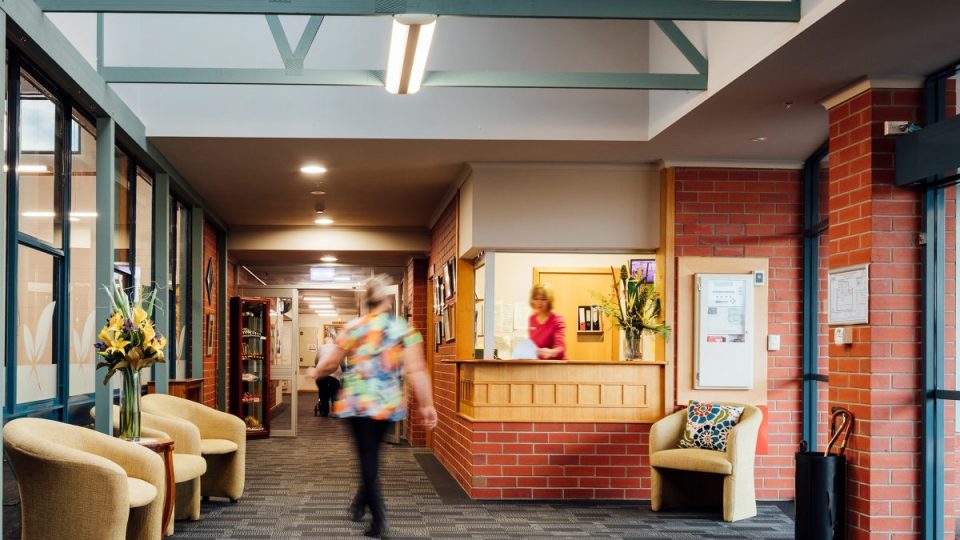A Reflection for Spiritual Care Week 2022 by Geoff Wraight, Head of Spiritual Care
- 21 Oct 2022

Those members of our Baptcare family who were working at our RACs – and particularly at Wyndham Lodge and Brookview – will never forget 2020.
2020 was the year the Covid-19 pandemic hit our aged care system hard.
Our sites were locked down, many staff and residents contracted Covid and tragically a significant number of our residents did not recover from the disease. With no vaccines and limited knowledge of how the virus was spreading, it was an extremely difficult time for all concerned.
Our spiritual care staff were also present alongside the residents and staff who selflessly continued to turn up day after day after day. As well as the resident chaplain, several of our spiritual care team members were among those who volunteered to isolate from their families and do extended shifts at these sites to support the residents and staff.
A spiritual caregiver’s role is rooted in the sacred space of the selfless acts of listening and quiet presence that promote open and safe conversations that, in turn, create moments of hope and resilience. Many times during this crisis, a spiritual care team member held and cried with overwhelmed staff, held the hand of dying residents, spent hours on the phone to worried family members and loved ones, offered simple rituals and practices to deal with stress and somehow found simple words of hope when hope was scarce.
Spiritual care is particularly responsive and relevant in crisis times, times that can wage war on the human spirit – that part of us from which our energy, hope and sense of purpose emerges. They were present alongside our incredible and yet very human frontline staff. They were there to listen and support, to strengthen that connection to hope, to belonging to meaning and purpose when these things were under immense stress.
How were our spiritual carers able to offer their invaluable skills during this crisis – when they too are only human?
The answer is simple: because this is what they do every day!
They are trained and supported to be relevant and responsive in every situation. They are part of Baptcare’s commitment to whole person care, to making real the meaning of ‘partnering for fullness of life’ as it emerges from our rich spiritual heritage. Their role is to be that presence that models and empowers all of us to experience and support spiritual healing and wellbeing.
For several of the darkest months in 2020, an additional Spiritual Care Team member stood outside Wyndham Lodge in the staff carpark at 7am and 7pm each day of the week to greet and thank the staff coming and going from their shifts. They gave out treats, listened and encouraged, and even wrote poetry on the asphalt.
The image above is from one of those mornings.
Several of the staff remembered these moments as being part of what kept them going.
The verses below are part of a poem by Michael Leunig and very much sums up the key message of spiritual care.
Why not find and thank your Spiritual Care team member this week!
Care is the cure.
It is slow,
It is raw,
It is pure.
It is simple and bare.
It is real,
It is bold,
It is there.
Nothing is newer
Or older,
Or wiser
Or Truer.
Care is the cure.
(Michael Leunig)
Community news
-

BaptistCare to acquire Keyton’s Western Australian retirement village portfolio
BaptistCare is pleased to announce that we have entered into an agreement to acquire Keyton’s portfolio of retirement villages in WA.
- 13 Nov 2025
-

Spotlight on Residents: Reg Baker
At Baptcare, we are always delighted to learn more about our residents’ lives. They are often filled with excitement, joy, and adventure, and it truly reminds us how rich a person’s life is—and continues to be—when they join one of our residential aged care communities. Today, we are honoured to share the remarkable story of one of our residents, Reg Baker, who lives at Baptcare Peninsula View Residential Aged Care community.
- 10 Nov 2025
-

Staff spotlight | Leonie Irvine – 35 years of service in aged care
Leonie is one of our dedicated Lifestyle Assistants at Karingal Residential Aged Care community in Devonport, Tasmania. She recently celebrated an incredible milestone - 35 years of continuous service at Baptcare. In a sector where long-term service is increasingly rare, Leonie’s 35-year journey stands out as something truly special.
- 10 Nov 2025
